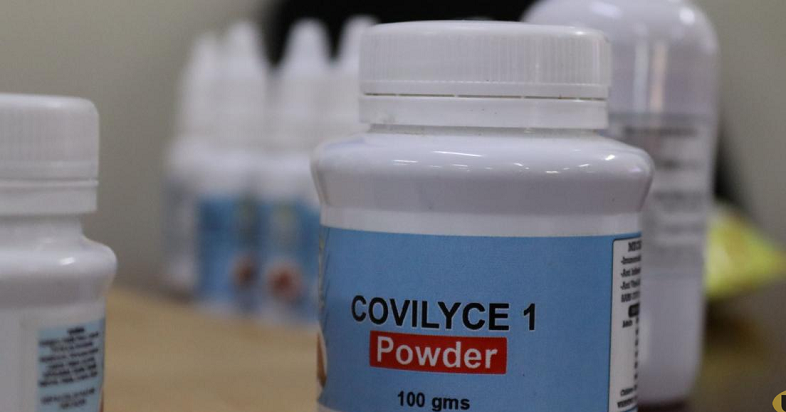If all the banks and other deposit-taking institutions regulated by the Central Bank collapsed today, the Deposit Protection Fund (DPF) would be able to pay 16.7 per cent of the protected deposits.
The DPF is a government agency that provides deposit insurance to depositors in banks and deposit-taking microfinance institutions. It was created in July 1994, and separated from the Bank of Uganda after the Amendment of the law in 2004.
The fund stood at 966 billion Shillings as of 30 June 2021, up from 787 billion Shillings, a year before. The Fund provides cover for up to 10 million Shillings per deposit account, and figures show that about 98 per cent of the accounts have 10 million or less, and are therefore fully protected.
With its current size, the fund can only pay 16.7 per cent of the total protected deposits. But this is the most unlikely event, according to the fund since banks cannot be under the threat of collapse or closure at once.
The current cover capacity is slightly below the 20 per cent benchmark recommended by the East African Monetary Affairs Committee for deposit protection agencies within the region. However, the Committee set a 3 per cent ‘effective coverage ratio’, which is deemed the most reasonable number of deposits to be affected in a worst-case scenario.
According to the annual financial statement for 2020/2021, total deposits stood at 31.1 trillion Shillings at the end of June 2021, up from 17.7 trillion Shillings in 2017, while the number of deposit accounts in the formal financial sector grew from 9 million to 19 million over the same period.
The incomes of the fund were affected by the effects of the COVID-19 pandemic on the sector, with many financial institutions failing to remit their required annual premiums. The premium payable by a financial institution is calculated at 0.2 per cent of the average deposit liabilities the institution had in the previous year.
The Funds total assets increased by 22 per cent 2020 to 1 trillion in June 2021, with investments in Government of Uganda treasury bills and treasury bonds totalling 989 billion Shillings, or 99 per cent of total assets. The Fund invests in government treasuries because they can be easily converted into cash as and when there is a need for cash payments to affected depositors.
Total liabilities decreased by 1 billion to 48 billion Shillings mainly due to the reduction in the withholding tax payable when the Fund was exempted from paying on investment income starting in that year.
Other liabilities include 20 billion Shillings which relate to monies received by the Fund when Greenland Bank, Co-operative Bank and International Credit Bank were closed, and its settlement awaits the conclusion of the liquidation process. There is also a liability of 198 million shillings in unclaimed deposits payable to insured depositors.
The ‘fund surplus and reserves’ account increased from 772 billion to 952 billion Shillings, as comprehensive income worth 180 billion Shillings was earned mainly from investments and premium contributions from member institutions.
The Fund also saw its surplus increase by 38 billion to 157 billion shillings, mainly due to growth in interest income and annual premium contributions, despite the effects of COVID-19 on the sector. During the year, the Fund’s total income earned was 171 billion Shillings, while expenditure totalled 12.3 billion. Both income and expenditure were lower than had been projected.
There was also growth in interest income due to an increase in the size of the investment portfolio while the increased deposit levels in the banking sector resulted in higher annual premiums remitted to the Fund. For the current year, 2021/22, the Fund anticipates earning income worth 221.7 billion Shillings, which will be a 60 per cent increase from last year, boosted by a planned increase in investment income.
-URN






